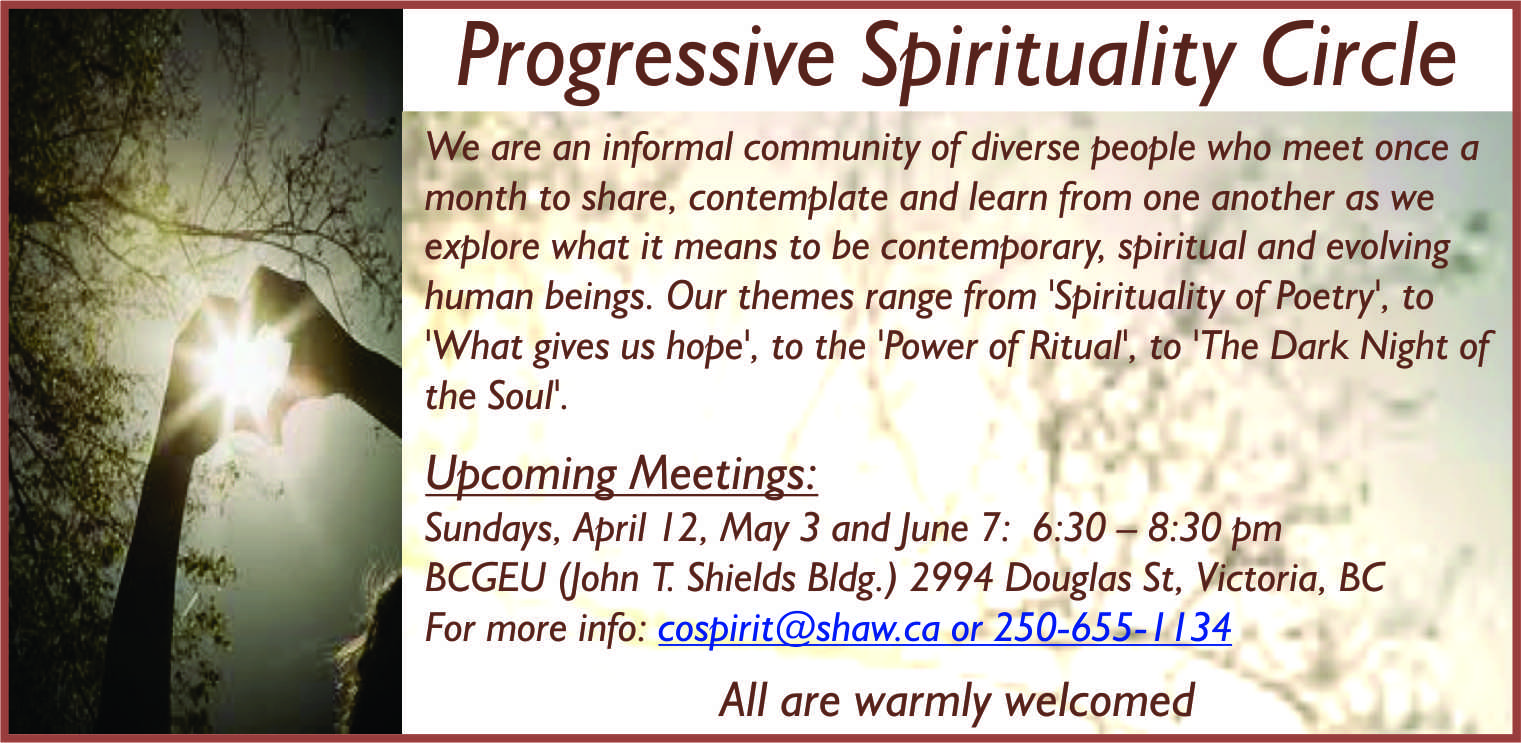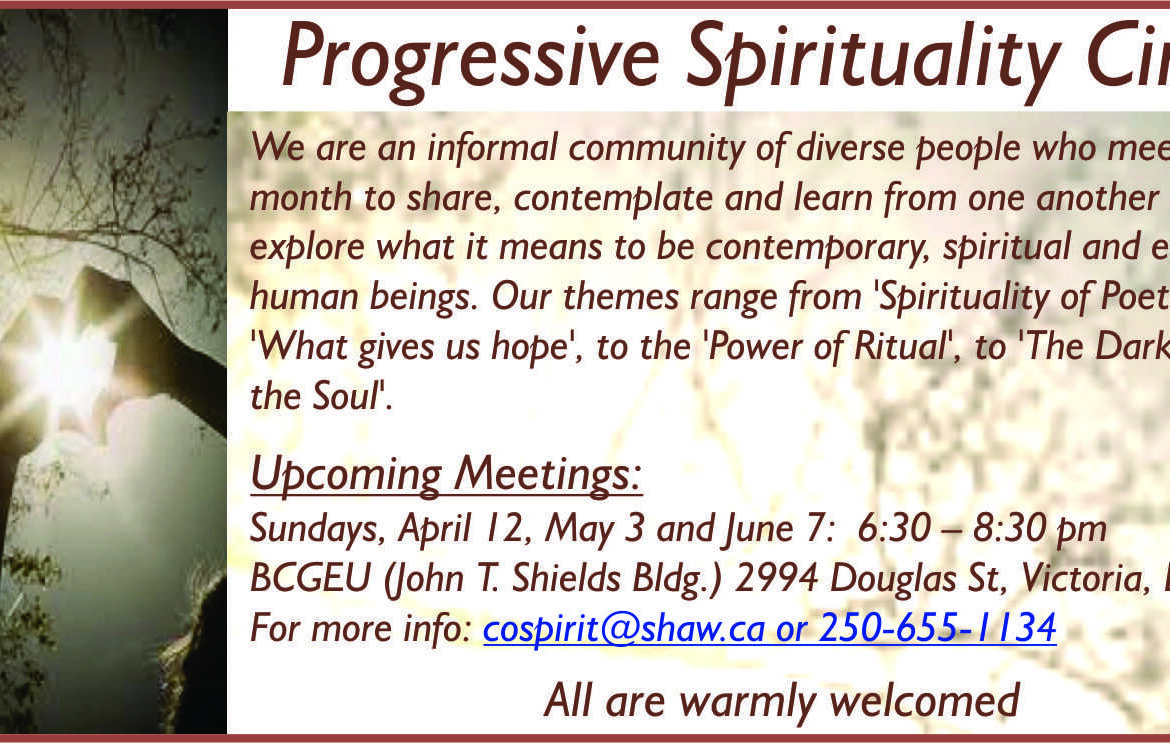Main Feature
Spiritual But Not Religious Proves a More Than Tricky Category
Volume 29 Issue 1, 2 & 3 | Posted: March 20, 2015

the barricades of heaven
Pages turning, Pages we were years from learning
Straight into the night our hearts were flung
Better bring your redemption when you come
To the barricades of Heaven where I’m from
– Jackson Browne, ‘the barricades of heaven’, 1996 Looking East
What do you do with a religion that is the result of trying to escape from religion? This seems to be religious scholar Siobhan Chandler’s dilemma.
To be clear, this is natural religion, revealed from within the individual as distinct from revealed religion from an objective Divinity, a la Christianity, Judaism, Islam et al.
the barricades of heaven
Pages turning, Pages we were years from learning
Straight into the night our hearts were flung
Better bring your redemption when you come
To the barricades of Heaven where I’m from
– Jackson Browne, ‘the barricades of heaven’, 1996 Looking East
What do you do with a religion that is the result of trying to escape from religion? This seems to be religious scholar Siobhan Chandler’s dilemma.
To be clear, this is natural religion, revealed from within the individual as distinct from revealed religion from an objective Divinity, a la Christianity, Judaism, Islam et al.
This poses the age-old struggle between subjectivity and so-called objectivity, personal truth versus dogmatic axioms, freedom versus authority. Yin versus Yang.
After wrestling with the topic for many years her latest tack is to situate it within the tradition of Western Metaphysical Esotericism and see if that brings any good results.
In recent months I have heard her speak four times on the topic, each time from a different angle, the latest on February 24, titled ‘The Yin Crowd’ was the most comprehensive presentation to date.
Relying upon her doctoral dissertation research, plus decades of personal inquiry, she has developed a very useful synthesis of the history and dynamics of the movement. The underlying theme of her work is to bring toward fuller acceptance in the general population and at the same time bring a new level of self-consciousness to such natural religion.
SPIRITUAL BUT NOT RELIGIOUS
SBNR is radically distinct from mainstream religions and their rootedness in Divine Revelation from above.
Immanence rather than transcendence, religion from below rather than above, SBNR is classically typified by an individualism that defies categorization, never mind organizing. Such is her frustration.
How do you reach people who are not joiners by nature, their very anti-authority orientation makes acceptance of what she says even suspect. It seems by its very nature, an impossible, perhaps even an undesirable task.
One question at the latest talk was whether yin religion was not best left at the pre-cognitonal level, that is not analyzed. The very next question was someone objecting to being labelled. Point taken.
As a result she ends up speaking within the context of the enemy, the very institutions no self-respecting SBNRer would go near – universities, churches, government forums – for fear of capitulation, of being tricked into joining a, god forbid, religion.
SBNRers are not ignorant, indigent nor anti-intellectual per se, they are what I call a new mutation, they are The New Mutants.
PROBLEM OF CASCADIA
The truth is that what she is studying is more of a non-movement than a movement. The tradition she has identified is made up of hundreds if not thousands of distinct movements, many spiritual, some merely practical, some commercial and all seemingly disconnected from each other. SBNR is in itself as a category, an impossibly amorphous conglomeration that refuses by its nature to hold together. One of her talks was titled ‘like nailing jello to the wall.’
As difficult as it is, the subject is well worth study. The west coast of North America, or Cascadia, is a special melting pot and breeding ground for what she calls SBNR. Even that nomenclature is passe in Siobhan Chandler’s view, but what to put in its place?
Spiritual but not religious has a number of distinct categories, especially here on the west coast where ‘none of the above’ has always been the largest response to the inevitable religious identification survey question. It has been here since the start of this province and before. The west coast has always been the last refuge of those trying to escape the confines of eastern institutions and the settled categories of thought, or dogma identified with them.
Just the other side of the mountains, the percentages of those who identify with organized religion start to spike, but here on the west coast the largest category on the census form has always been ‘none of the above.’ Siobhan Chandler only half-jokes that Nones is probably the replacement term for SBNR.
When I wrote a popular level history of Catholicism on Vancouver Island in the mid 1990s, I was struck by this phenomenon which had lead to a number of other interesting dilemmas. One example, it resulted in the anti-church provincial single tax policy of anti-religious governments that resulted in all the major Christian denominations being driven out of the downtown core of the City of Victoria.
The Richard Blanchard Building on Blanchard street and the current Global television studio on Broad street still bear plaques testifying to this historical anomaly. Such is the strength of the suspicion of mainstream religion in these parts. Siobhan Chandler is one seeker who has come over the mountains to fill her boots, but with the difference of a trained and knowledgeable mind.
For a future talk, she may wish to join up with fellow Cascadia religion scholar, journalist Doug Todd who is on the program of next year’s Epiphany Explorations Conference. He has spoken there journalistically about the same phenomenon and has written a book on the topic.
WHO ARE SBNRers?
In general terms, there seems be at least four or five distinct sub-categories that make up the SBNR movement (besides the Bill Maher religiouless audience, that is). Alienated Christians, New Age seekers, immature religious stagers, and outright atheists and agnostics and the new emerging classical SBNRers such as Siobhan Chandler herself represents I suspect.
In my acquaintance there has only been one persistent classical SBNR with the four principal characteristics: absolutely not a joiner, totally dedicated to their own self-development, anti-authoritarian including intellectual questioning of most sorts and absolutely convinced of their own uniqueness. I have known this person for thirty years and have not seen one dent in alteration in her nature and style of proceeding. A new mutant.
In trying to pigeonhole her category, I have even resorted to the psychiatric diagnostic manual and found she ticked off seven of the nine characteristics for obsessive-compulsive disorder, but to no avail. She leaves all my hard scrutiny in abject disorder. Maybe she is just one of these new mutants, the SBNR, and although she yearns for Toronto, she dares not leave the mutants’ Cascadian sanctuary.
THE CHANDLER STYLE
With SBNRs so much seems to rest on style, as in it is a lifestyle to be lived, not examined except in terms of purifying the methodology of personal style that matches the interests and disposition. Much of that is psychological, certainly.
It is interesting that Siobhan Chandler has emerged as its leader because she does not seem to be temperamentally equipped to serve as a prophet, a visionary or even a pioneer.
In Siobhan Chandler’s case, she has little misgivings expressing her personal anguish at being lost in this miasma labyrinth of search for the appropriate mode of self-transcendence for her self and her subject matter if not the whole movement.
Perhaps she is the new evolutionary nodule that can lead to the new evolutionary stage of acceptance and self-understanding the movement requires for fuller self-development. Maybe a bestselling paperback is the next step and stage.
At first I found her presentation style to be a bit curious.
An academic presentation normally proceeds from primary objective information, then moves on to the more speculative emerging subjective new development data and only then moving on to the personal conclusions and interpretation of the above, if at all. It is probably better if the scholar is indifferent and skeptical about the information he is working with.
So, perhaps I have come along too late to Siobhan Chandlers’s process to expect such ‘objectivity’ or neutrality. The fact that she is openly a believer in western metaphysical exoticism, suggested to me at first that she is at times much too close to her material to gain a comprehensive authoritative perspective one has come to associate with a doctoral level in any field.
She seems to be taking a bit too much for granted in the tolerance of the subjective-objective distinction in the audience.
The other transparent difficulty is her isolation with a subject which is insular by its nature. SBNRers are not joiners by definition and they certainly haven’t come upon the insight that perhaps religion is the price one has to pay for having a bona fide spirituality.
She is certainly in need of a supportive community in her work and searching, if not a steering group. Perhaps she has found it in the loosely emerging amalgam of SBNR exploration groups which have appeared in recent years, namely the Progressive Spirituality Circle initiated by Dale Perkins and Deborah Redman, the Earth Literacy Program organized by Gertie Josksch and featuring Bill Wilson, SJ.
 The Centre for Earth and Spirit associated with John Shields is currently in talks with the Bethlehem Spirituality Centre of Nanaimo that is hoping to emerge from The Benedictine Bethlehem Retreat Centre currently up for sale.
The Centre for Earth and Spirit associated with John Shields is currently in talks with the Bethlehem Spirituality Centre of Nanaimo that is hoping to emerge from The Benedictine Bethlehem Retreat Centre currently up for sale.
Certainly Siobhan Chandler deserves a stage upon which to try to work her alchemical magic of squaring the circle. The above could provide a framework of dedicated groups and individuals – and may include an actual physical centre, where she can centre this important work with SBNR. And who really knows, it may well prove to be the emergent progressive face of ‘unorganized’ religion in the decades ahead.

